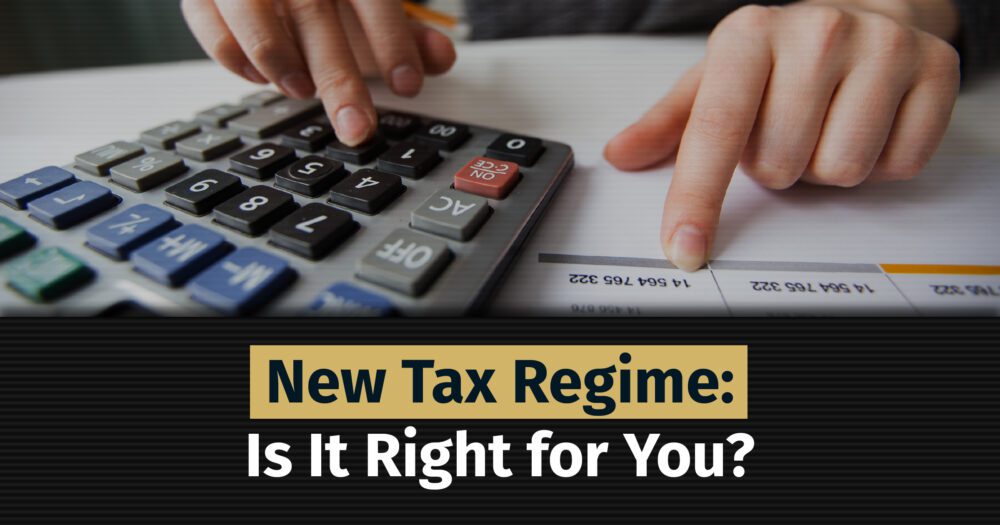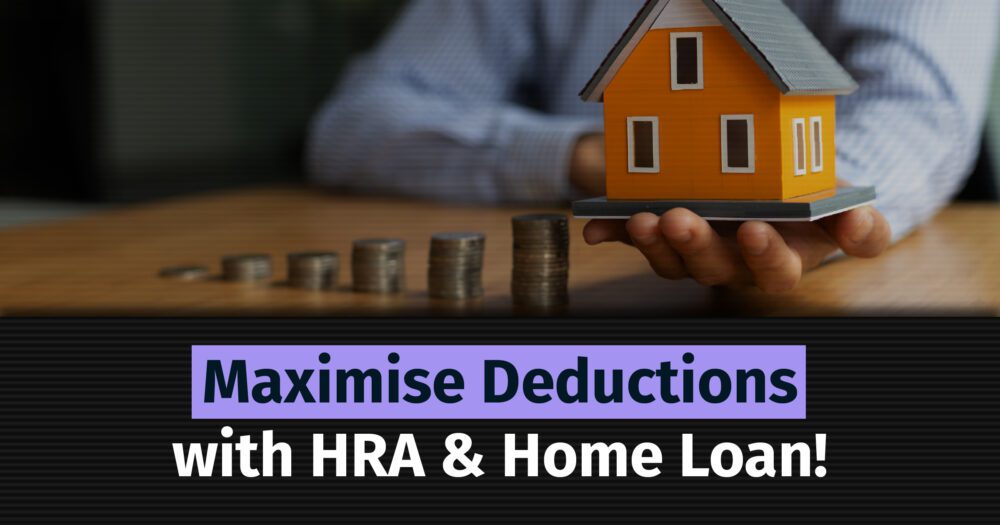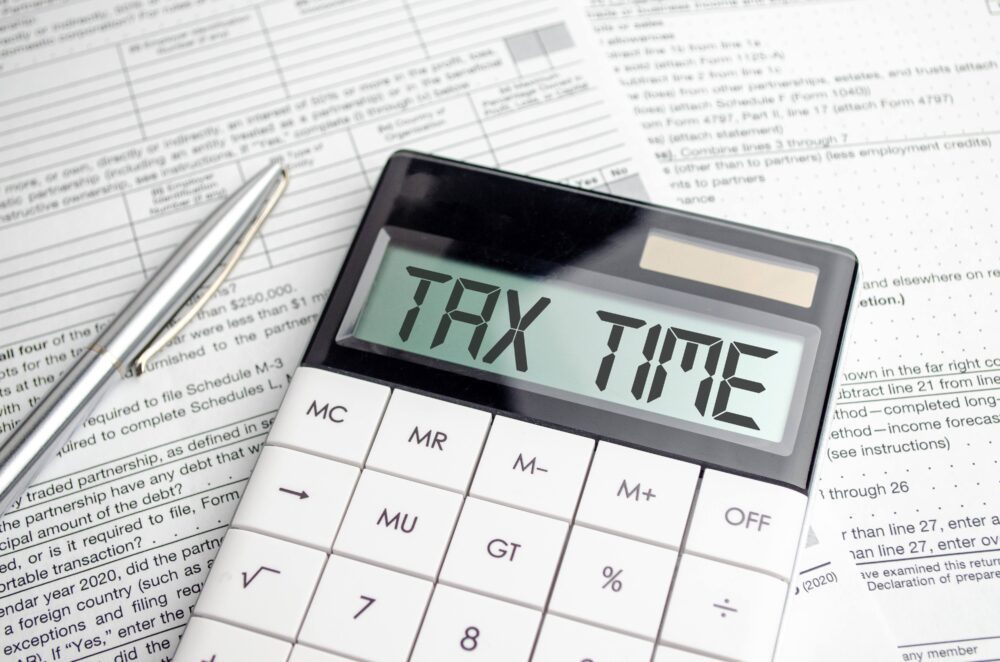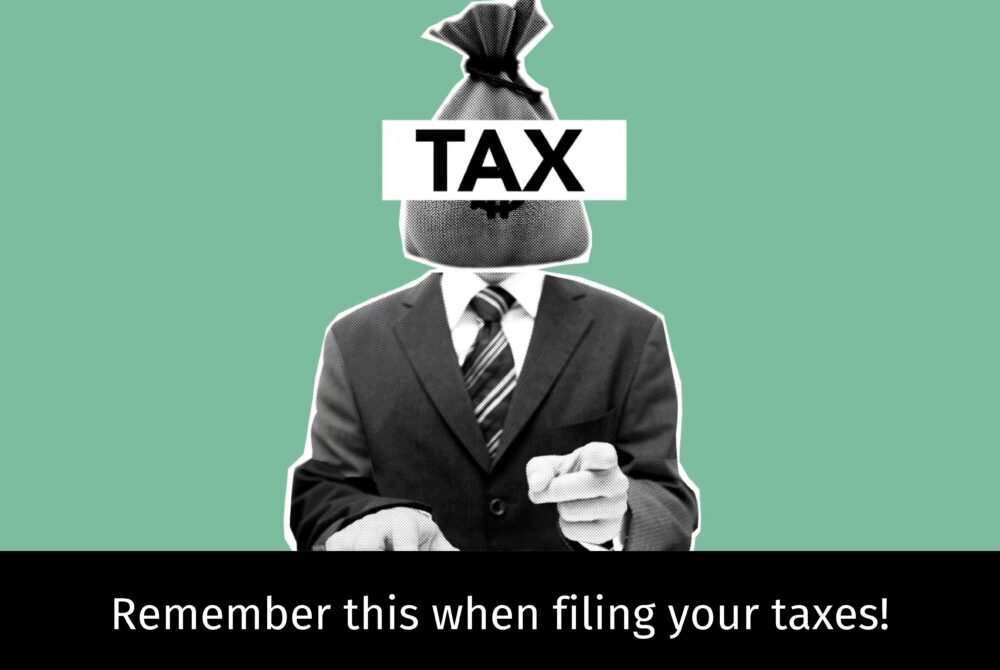Taxpayers are often confused when it comes to choosing between the new tax regime and the old tax regime. New regime is mostly opted by those who prefer a simple tax structure and are reluctant to maintain the financial documentation. The government has introduced various incentives to encourage the adoption of the new regime. The new regime is now the default tax regime, However, the eligible taxpayers can opt out of the new tax regime and choose to be taxed under the old tax regime.
Let’s understand the benefits of opting for the new tax regime in a simplified manner.
What is New Tax Regime?
The new tax regime is an optional scheme that offers lower income tax rates but with minimal exemptions and deductions, unlike the old regime. Under the old regime, you can claim several deductions such as Section 80C (investments in LIC, PPF, etc.), Section 80D (medical insurance), House Rent Allowance (HRA), and many more.
The Budget 2024 introduced several tax incentives under the new regime, such as revised tax slabs, the standard deduction for salaried individuals has been increased to ₹75,000 from ₹50,000, and the family pension deduction has been raised to ₹25,000 from ₹15,000. Additionally, the rebate threshold under Section 87A has been increased to ₹7,00,000 from ₹5,00,000.
Key Benefits of Opting for the New Regime
- Lower Tax Rates: If your income does not qualify for exemptions or deductions under the old regime, opting for the new regime could result in substantial tax savings. The new regime offers comparatively lower tax rates. Let’s have a look at the Slab Rates under the New Regime which is applicable for all individuals including senior and super-senior citizens:
| Tax Slab for FY 2024-25 | Tax Rates |
| Upto ₹ 3 lakh | Nil |
| ₹ 3 lakh – ₹ 7 lakh | 5% |
| ₹ 7 lakh – ₹ 10 lakh | 10% |
| ₹ 10 lakh – ₹ 12 lakh | 15% |
| ₹ 12 lakh – ₹ 15 lakh | 20% |
| More than ₹ 15 lakh | 30% |
- Simplified Tax Filing: New regime offers a simplified structure for tax computation and filing procedures. You are no longer required to keep track of receipts for deductions like home loans, life insurance premiums, medical insurance, and donations as the new tax regime eliminates most of the exemptions and deductions. It is beneficial for salaried individuals or small business owners who prefer hassle-free tax filing approach.
- Freedom to allocate savings: To claim deductions under section 80C, you had to invest your money in specified instruments such as ELSS, PPF, EPF, or life insurance policies, even though you are not interested in blocking your money for longer periods. However, new regime provides the freedom to allocate your funds based on your risk appetite.
- Beneficial for Non-Investors: New Regime is beneficial for those individuals who are not investing in the tax-saving schemes or who don’t have significant expenses such as home loan, education loan, or insurance.
- Rebate Under Section 87A: The benefit of a rebate of up to ₹25,000 under Section 87A is highly appealing for middle-class individuals, as no tax is payable if your income is not more than ₹7,00,000 under the new tax regime. However, under the old tax regime, a rebate of up to ₹12,500 is available if your income does not exceed ₹5,00,000.
- Higher Standard Deduction: Since the new regime offers a higher standard deduction of ₹75,000 compared to the old regime of ₹50,000 for salaried individuals.
- Higher Take-Home Salary: The new tax regime is advantageous for those who do not prefer to allocate their salary income to tax-saving schemes. Since the new regime offers a higher standard deduction compared to the old regime and includes several benefits in the new slab rates, individuals can experience an increase in their take-home salary while maintaining better liquidity.
- Reduced Rates for High-Income Earners: New tax regime is appealing for individuals with an income exceeding ₹5 crore as well, as it reduces the surcharge rates from 37% to 25%. This reduction effectively lowers the overall tax rate for high-income earners from 42.74% to 39%.
Example: Comparing New and Old Regime
Let’s take an example to compare the tax liability under both regimes:
- Annual Income: ₹12,00,000
- Investments in 80C schemes (ELSS, EPF, etc.): ₹1,50,000
- Health insurance premium under 80D: ₹20,000
Old Regime:
- Total deductions = ₹1,50,000 (80C) + ₹20,000 (80D) = ₹1,70,000
- Taxable income = ₹12,00,000 – ₹1,70,000 = ₹10,30,000
- Tax liability = ₹1,26,360 (computed based on slab rates under old regime)
New Regime:
- No deductions are allowed.
- Taxable income = ₹12,00,000
- Tax liability = ₹83,200 ( (computed based on slab rates under new regime)
In this example, the tax payable under the new regime is lower despite deductions being ineligible, highlighting the benefits of the new tax structure.
Conclusion
The new tax regime is a great option for those who are looking for simplified tax planning with lower tax rates. It offers a variety of benefits tailored to different financial situations, goals, and lifestyles. With simplified compliance, transparent taxation, and tax relief across different income brackets, many taxpayers find it appealing. It is recommended to compare and analyse the benefits available under both tax regimes and select the best option.
A qualified financial advisor can help you optimise the benefits available under the New Regime for effective tax planning. To optimise your taxes, download the 1 Finance app and book a consultation with a qualified financial advisor for a seamless, hassle-free tax planning experience.







